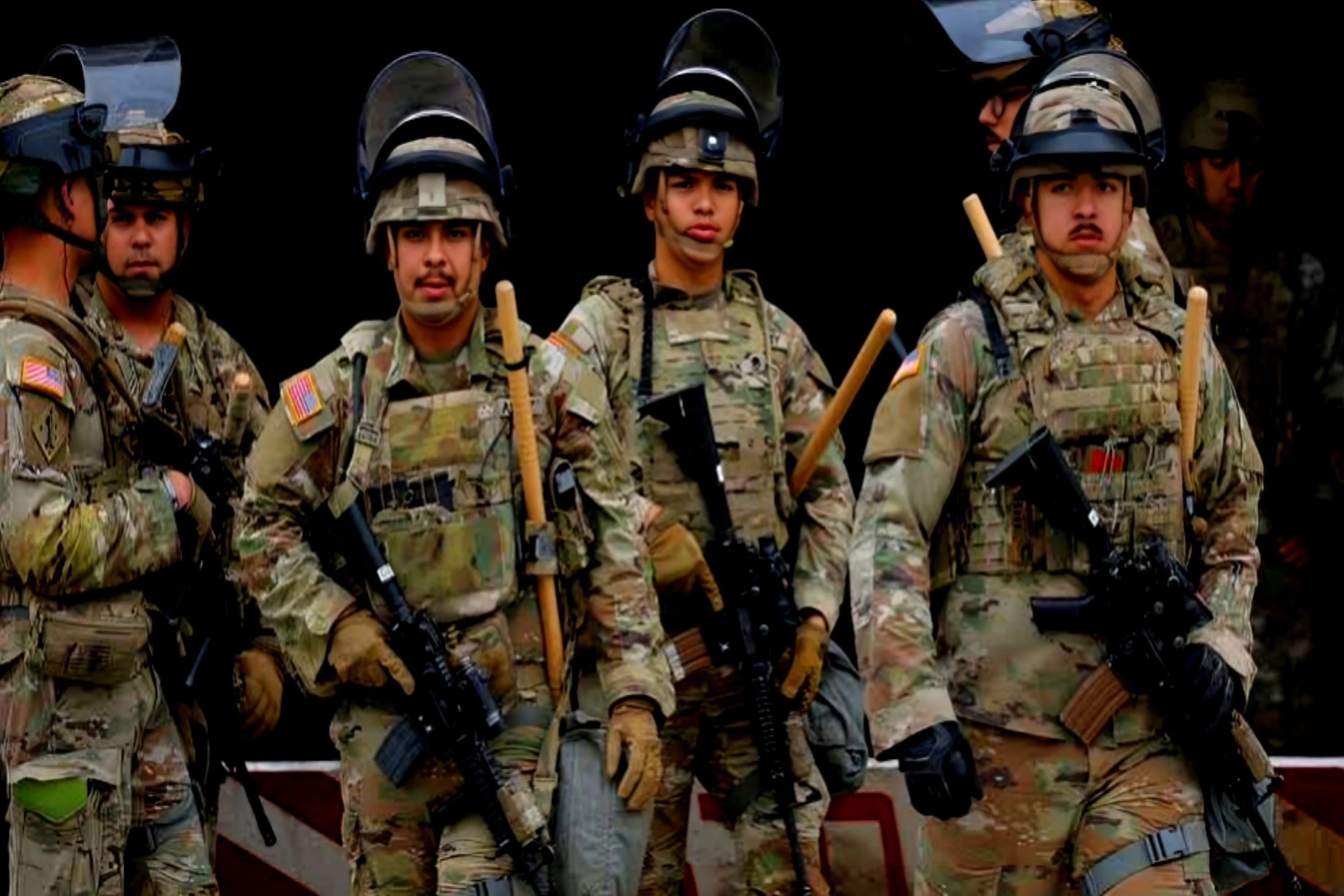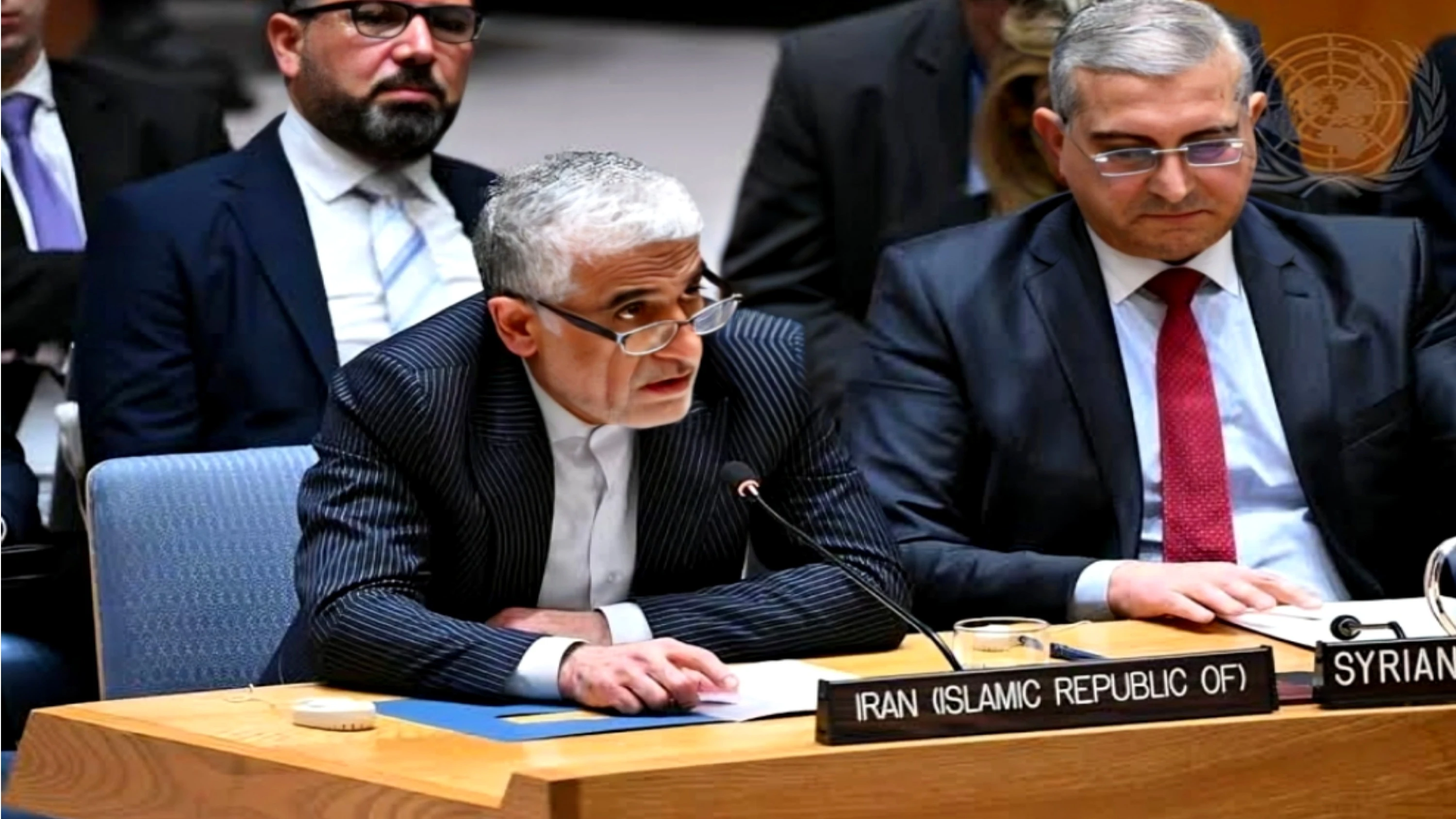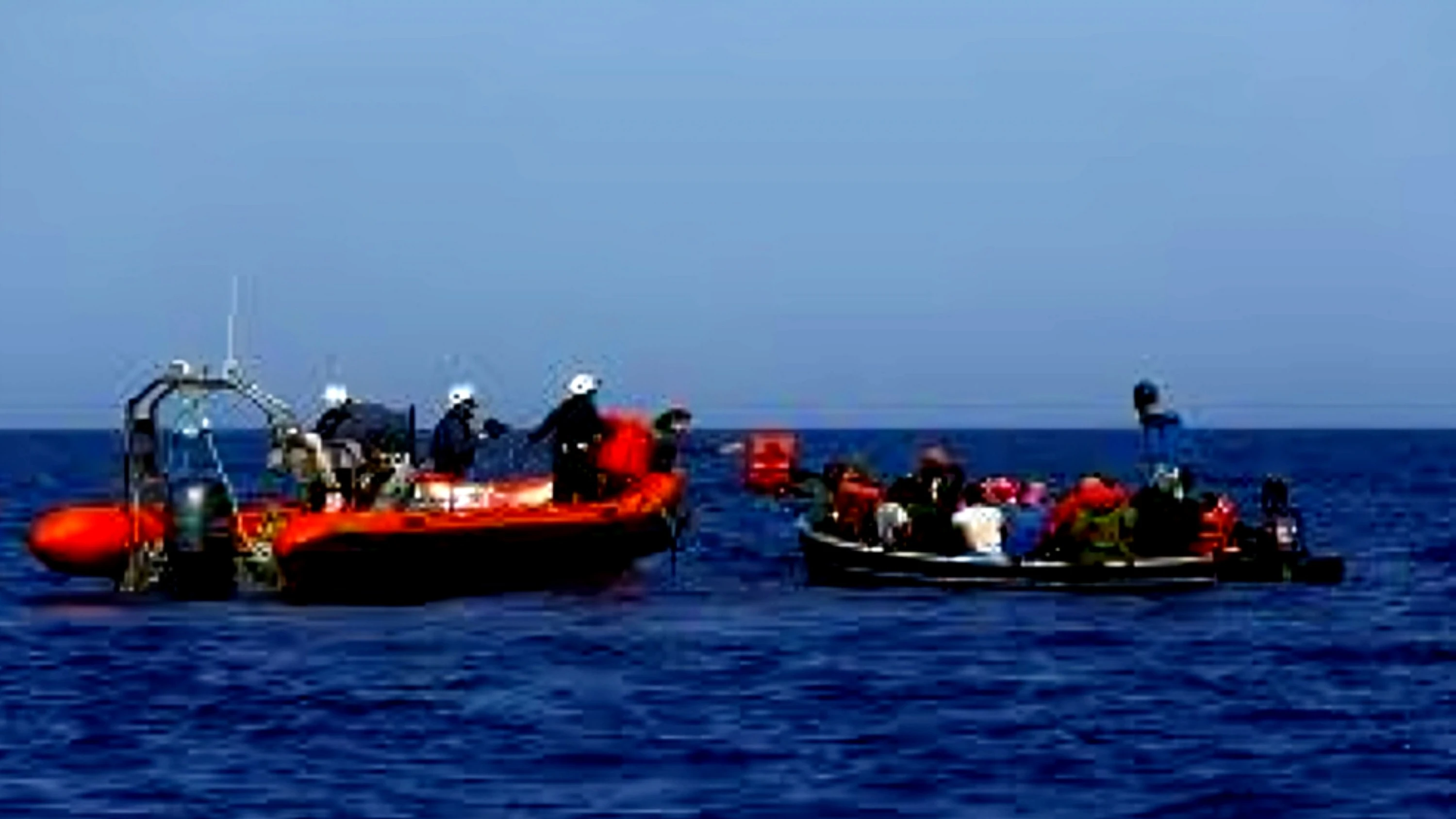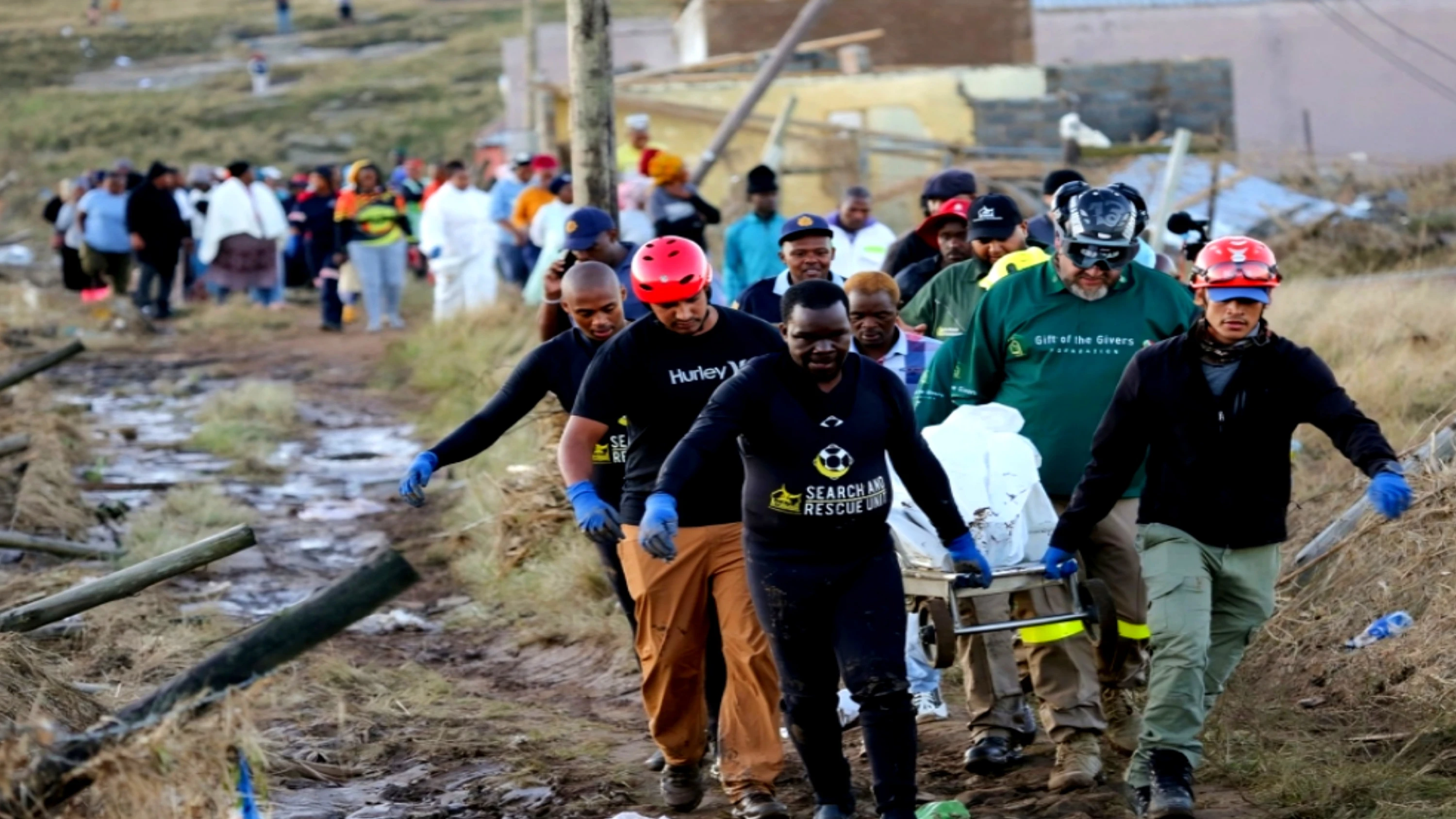The Los Angeles wildfires set to become the most expensive in U.S. history, with projected economic losses approaching $50 billion, according to a Wall Street Journal report.
The Los Angeles wildfires are set to become the costliest in U.S. history, with economic losses projected to reach nearly $50 billion, according to analysts cited by The Wall Street Journal.
JPMorgan analyst Jimmy Bhullar reported Thursday that losses have doubled from earlier estimates, with insured damages surpassing $20 billion—a figure likely to rise if the fires persist.
Morningstar DBRS also estimated insured losses to exceed $8 billion, ranking the disaster among the most expensive in U.S. history.
President Joe Biden described the Los Angeles wildfires as the worst in California’s history, pledging additional federal aid and resources to support recovery efforts.
“This is the most widespread and devastating fire in California’s history,” Biden said during a special White House meeting with senior officials.
Analysts estimate costs by comparing the number and value of properties destroyed to previous wildfires. For example, the 2018 Camp Fire in Northern California’s Butte County, previously the nation’s most destructive wildfire, caused $12.5 billion in insured losses, adjusted for inflation, according to broker Aon.
Fierce Los Angeles Wildfires Force Mass Evacuations and Wreak Havoc
Raging wildfires are sweeping across Los Angeles County, fueled by unusually dry conditions and hurricane-force winds exceeding 145 kilometers (90 miles) per hour. The fires have rapidly spread into urban areas, displacing over 100,000 residents and claiming at least five lives as of January 9.
The largest blaze, the Palisades Fire, erupted on January 7 in western Los Angeles, scorching 7,000 hectares (17,000 acres) and destroying around 1,000 structures. The Eaton Fire, the second largest, ignited near Pasadena that same night, burning more than 4,290 hectares by the following morning. Three smaller fires—the Sunset, Hurst, and Lidia fires—are also burning in nearby areas.
Climate scientist Daniel Swain from the University of California, Los Angeles, warned during a January 8 livestream, “This could collectively become the costliest wildfire disaster in U.S. history, and even the Palisades Fire alone may reach unprecedented levels of destruction.”
Why Are Wildfires Happening in Winter? The Lengthening Fire Season in Southern California
Extended Fire Season
Southern California’s fire season has typically been from May to October, but rising temperatures and lower rainfall are lengthening this period.
Year-Round Fire Risk
In some areas, fire season is already considered to last year-round, with this trend expected to continue in the future.
What’s Driving the Intensity of Los Angeles Wildfires?
The Impact of Santa Ana Winds
The extreme intensity of Los Angeles wildfires is largely driven by the Santa Ana winds, which occur in fall and winter. These dry winds blow from inland desert areas toward the coast.
How the Winds Fuel Fires
As the winds pass over mountain ranges, they compress and warm, reducing humidity levels. This dry air accelerates the drying of vegetation, making it more susceptible to igniting and fueling the fires.
How Much Is Climate Change Contributing to Wildfires?
Impact of Human-Caused Climate Change
While it will take time to assess the precise role of fossil fuel emissions in these specific wildfires, human-caused climate change has undeniably worsened conditions that fuel more intense fires in California.
Shifting Weather Patterns
Climate scientist Daniel Swain explains that while wetter years will likely become wetter, California is also experiencing hotter summers, drier falls, and an increasing likelihood of dry winters, all of which contribute to wildfire intensity.
Health Risks from Los Angeles Wildfire Smoke
• Widespread Health Impact:
Wildfire smoke is affecting millions, with fine particulates harming lungs, increasing heart attack risks, and potentially shortening life expectancy, even for those far from the fires.
• Higher Risk for Vulnerable Groups:
Children, older adults, pregnant individuals, and those with heart or lung conditions are most at risk. Wildfire smoke from 2008 to 2018 contributed to an estimated 55,700 premature deaths in California.
• Unpredictable Air Quality:
The Palisades Fire has worsened air quality, particularly in coastal northwest Los Angeles. Due to shifting winds, air quality can change rapidly, so it’s crucial for everyone to stay informed and take steps to protect their health.
Solutions to Mitigate Wildfire and Health Risks
• Prevent Wildfires:
Improve forest management and controlled burns.
Use early detection systems.
• Stronger Building Codes:
Use fire-resistant materials.
Enforce stricter codes in high-risk areas.
• Better Emergency Response:
Improve evacuation plans.
Enhance communication and alert systems.
• Protect Public Health:
Raise awareness of smoke risks.
Provide clean air shelters for vulnerable groups.
• Tackle Climate Change:
Invest in renewable energy.
Focus on climate change solutions.
• Improve Coordination:
Strengthen collaboration between local, state, and federal agencies.







